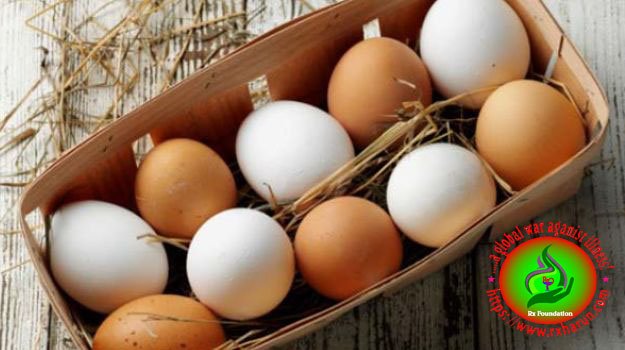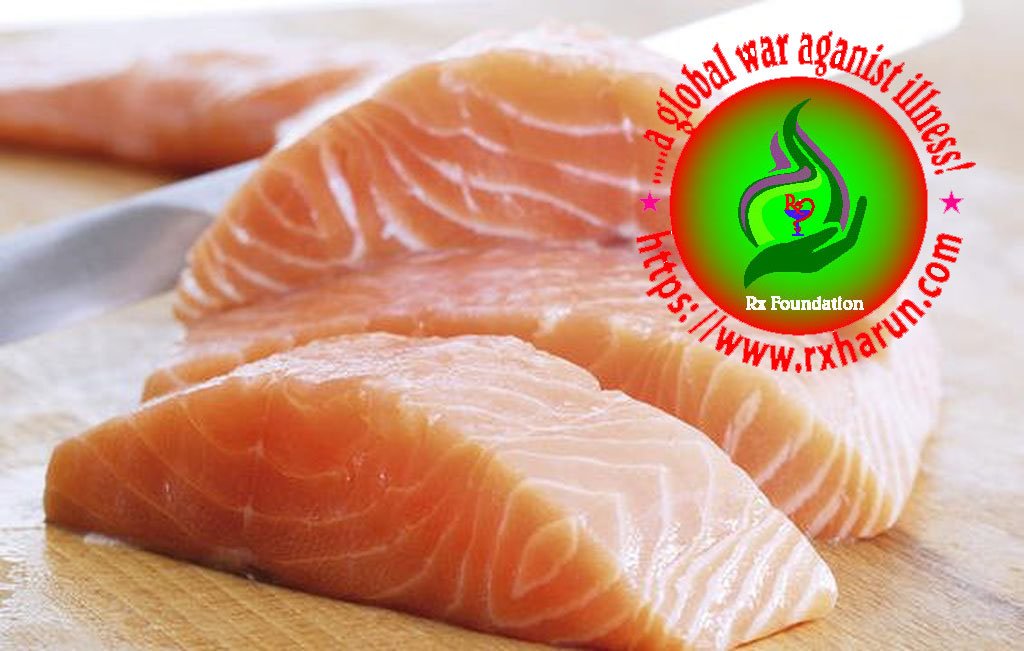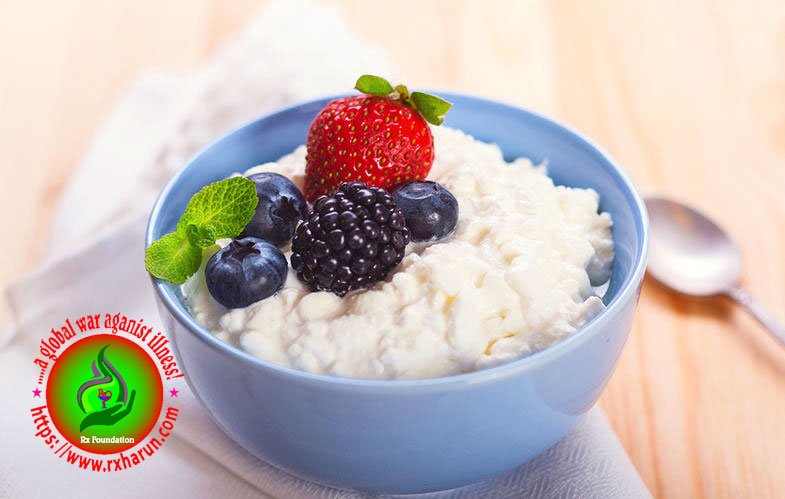Weight loss in the context of medicine, health, or physical fitness, refers to a reduction of the total body mass, due to a mean loss of fluid, body fat or adipose tissue or lean mass, namely bone mineral deposits, muscle, tendon, and other connective tissue. Weight loss can either occur unintentionally due to malnourishment or an underlying disease or arise from a conscious effort to improve an actual or perceived overweight or obese state.
Causes of Weight Loss
Potential causes of unexplained weight loss include
- Addison’s disease
- Cancer
- Coeliac disease
- Chronic diarrhoea
- Dementia
- Depression
- Diabetes mellitus
- Eating disorders (anorexia and bulimia)
- Exocrine Pancreatic Insufficiency
- HIV/AIDS
- Hypercalcemia
- Hyperthyroidism
- Infection
- Malnutrition
- Medicines, including chemotherapy drugs, laxatives, and thyroid medications
- Parkinson’s disease
- Recreational drugs, including amphetamines and cocaine
- Smoking
- Tuberculosis
Disease-related malnutrition can be considered in four categories
| Problem | Cause |
|---|---|
| Impaired intake | Poor appetite can be a direct symptom of an illness, or an illness could make eating painful or induce nausea. Illness can also cause food aversion.Inability to eat can result from: diminished consciousness or confusion, or physical problems affecting the arm or hands, swallowing or chewing. Eating restrictions may also be imposed as part of treatment or investigations. Lack of food can result from: poverty, difficulty in shopping or cooking, and poor quality meals. |
| Impaired digestion &/or absorption | This can result from conditions that affect the digestive system. |
| Altered requirements | Changes to metabolic demands can be caused by illness, surgery and organ dysfunction. |
| Excess nutrient losses | Losses from the gastrointestinal can occur because of symptoms such as vomiting or diarrhea, as well as fistulae and stomas. There can also be losses from drains, including nasogastric tubes.Other losses: Conditions such as burns can be associated with losses such as skin exudates. |
Weight loss issues related to specific diseases include
- As chronic obstructive pulmonary disease (COPD) advances, about 35% of patients experience severe weight loss called pulmonary cachexia, including diminished muscle mass.Around 25% experience moderate to severe weight loss, and most others have some weight loss. Greater weight loss is associated with poorer prognosis.Theories about contributing factors include appetite loss related to reduced activity, additional energy required for breathing, and the difficulty of eating with dyspnea (labored breathing).
- Cancer, a very common and sometimes fatal cause of unexplained (idiopathic) weight loss. About one-third of unintentional weight loss cases are secondary to malignancy. Cancers to suspect in patients with unexplained weight loss include gastrointestinal, prostate, hepatobiliary (hepatocellular carcinoma, pancreatic cancer), ovarian, hematologic or lung malignancies.
- People with HIV often experience weight loss, and it is associated with poorer outcomes. Wasting syndrome is an AIDS-defining condition.
- Gastrointestinal disorders are another common cause of unexplained weight loss – in fact they are the most common non-cancerous cause of idiopathic weight loss pssible gastrointestinal etiologies of unexplained weight loss include: celiac disease, peptic ulcer disease, inflammatory bowel disease (crohn’s disease and ulcerative colitis), pancreatitis, gastritis, and many other GI conditions.
- Infection. Some infectious diseases can cause weight loss. Fungal illnesses, endocarditis, many parasitic diseases, AIDS, and some other subacute or occult infections may cause weight loss.
- Renal disease. Patients who have uremia often have poor or absent appetite, vomiting and nausea. This can cause weight loss.
- Cardiac disease. Cardiovascular disease, especially congestive heart failure, may cause unexplained weight loss.
- Connective tissue disease
- Neurologic disease, including dementia
- Oral, taste or dental problems (including infections) can reduce nutrient intake leading to weight loss.
Best health tips for weight loss
- Eat a high-protein breakfast – Eating a high-protein breakfast has been shown to reduce cravings and calorie intake throughout the day.
- Avoid sugary drinks and fruit juice – These are the most fattening things you can put into your body, and avoiding them can help you lose weight.
- Drink water a half hour before meals – One study showed that drinking water a half hour before meals increased weight loss by 44% over 3 months.
- Choose weight loss-friendly foods (see list) – Certain foods are very useful for losing fat. Here is a list of the 20 most weight loss-friendly foods on earth.
- Eat soluble fiber – Studies show that soluble fibers may reduce fat, especially in the belly area. Fiber supplements like glucomannan can also help.
- Drink coffee or tea – If you’re a coffee or tea drinker, then drink as much as you want as the caffeine can in them boost your metabolism by 3–11 %.
- Eat mostly whole, unprocessed foods – Base most of your diet on whole foods. They are healthier, more filling and much less likely to cause overeating.
- Eat your food slowly – Fast eaters gain more weight over time. Eating slowly makes you feel more full and boosts weight-reducing hormones.
- Weigh yourself every day – Studies show that people who weigh themselves every day are much more likely to lose weight and keep it off for a long time.
- Get a good night’s sleep, every night – Poor sleep is one of the strongest risk factors for weight gain, so taking care of your sleep is important.







Visitor Rating: 5 Stars